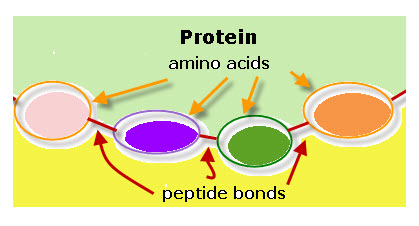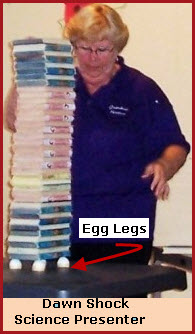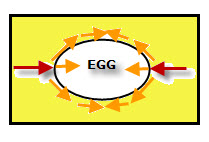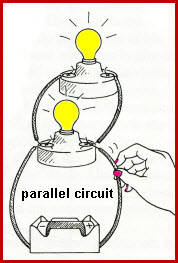Many parents work and do not respond positively to the news that their child must do a science fair project. Often this is because they are not sure what their child must do let alone how to help them. Too often this is because they become aware of the due date for the project a […]
Archives for 2010
Science Fair Project Benefits
Too often science fair projects are viewed by students as more stuff to read. Kids love to explore and investigate. Generally, most kids don’t enjoy reading assignments. Kids and adults like me want to be involved–they want to make something–take something apart-find out what will happen if…….. Science Fair Project Benefit: 1. Organization: Students can […]
Earthworm: Diet
What Do Earthworms Eat? Earthworms eat dirt! That is, they take the dirt into their mouths and it passes through their digestive system. But it is the nutrients in the dirt that remains in the worm’s body. These nutrients include, decaying roots and leaves. Animal manures are an important food source for earthworms in the […]
Enzymes: Protease
How does pineapple tenderize meat? Answer: Fresh pineapple contains bromelain, which is mixture of two types of protease. A protease is a protein-digesting enzyme (chemical that causes and/or changes the speed of a chemical reaction). A protein is a long chemical chain with links of different amino acids. The amino acid links are connected by […]
Engineers vs. Inventors
Janice VanCleave’s Engineering for Every Kid: Easy Activities That Make Learning Science Fun This book contains research for different types of engineering as well as investigations that can be used as exploratory experiments in the design and developing of an engineering project. What’s the difference between an engineer and an inventor? Sometimes there is no […]
Buoyancy
Archimedes discovered that fluids, such as air or water, apply an upward force on objects that are partially or totally submerged in the fluids. Such object are said to have buoyancy (the tendency to float when placed in a fluid). The upward force of fluids is called a buoyant force. A buoyant force is equal […]
Hygroscopic
Wood is hygroscopic, which means it attracts water. When wood fills with water, the wood swells. You can use this physical chararacteric of wood to perform what appears to be magic, but instead ===it is fun science! Discover For Yourself 1. Bend five round wooden toothpicks into a V shape without breaking them apart. 2. Place […]
Shape: Force Distribution
Janice VanCleave’s Engineering for Every Kid: Easy Activities That Make Learning Science Fun This book contains research for different types of engineering as well as investigations that can be used as exploratory experiments in the design and developing of an engineering project. The Science and Engineering Fair is a contest with two specific types of […]
Strength of Shapes
Testing the Strength of an Egg Shell Eggs break easily when you hit them against a hard surface. But it’s difficult to break an egg just by squeezing it length-wise in your hands. This is because of the dome shape of the eggshell. The force applied by your hand spreads over the eggshell. The diagram […]
Electric Circuit: Parallel
Question: What is a parallel circuit? Answer: First, let me define a few words: electricity: Electrical energy circuit: Path through which electrical energy passes. series circuit: A circular path through which electricity passes. parallel circuit: A circuit with branched paths through which electricity passes. A parallel circuit is made of 2 or more connecting circles. […]
- « Previous Page
- 1
- …
- 28
- 29
- 30
- 31
- 32
- …
- 54
- Next Page »







